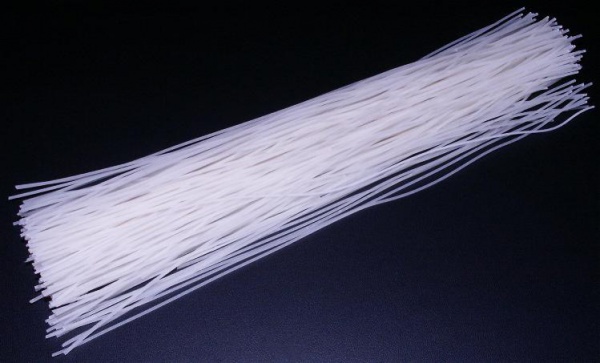Facts About Rice vermicelli
Rice vermicelli, often referred to as rice noodles or rice sticks, are thin noodles made from rice and serve as a staple in various Asian cuisines. They should not be confused with cellophane noodles, which are made from mung bean or rice starch. Rice vermicelli is widely used in soups, stir-fries, and salads across the continent. Depending on the region, these noodles may be known as bífun in Japan, bihun in Malaysia and Indonesia, or bún in Vietnam.
In Taiwan, there are stringent regulations regarding the labeling of rice vermicelli. Only those made entirely from rice can be labeled "米粉." If they contain additional ingredients, they must be labeled as "調和米粉" or "blended rice vermicelli."
Several renowned dishes feature rice vermicelli. In China, you'll find Guilin noodles. Hong Kong is known for Singapore-style noodles, while Taiwan has its own version of fried rice vermicelli. In South Asia, India's sevai and Myanmar's mohinga are popular choices. Southeast Asia offers its own favorites, such as Cambodia’s Cha Mee Sor and Nom Banh Chok, and Indonesia’s Bihun goreng.
In Malaysia, dishes like Bihun Sup and Laksa Sarawak prominently feature these noodles. Over in the Philippines, Pancit bihon and Pancit palabok are crowd-pleasers. Singapore presents unique dishes like Kerabu bee hoon and Satay bee hoon, while Vietnam boasts delicious options like Bún bò Huế and Gỏi cuốn.
Rice vermicelli is incredibly versatile and serves as a key ingredient in a myriad of dishes across Asia, each bringing its own unique flavors and methods of preparation.
